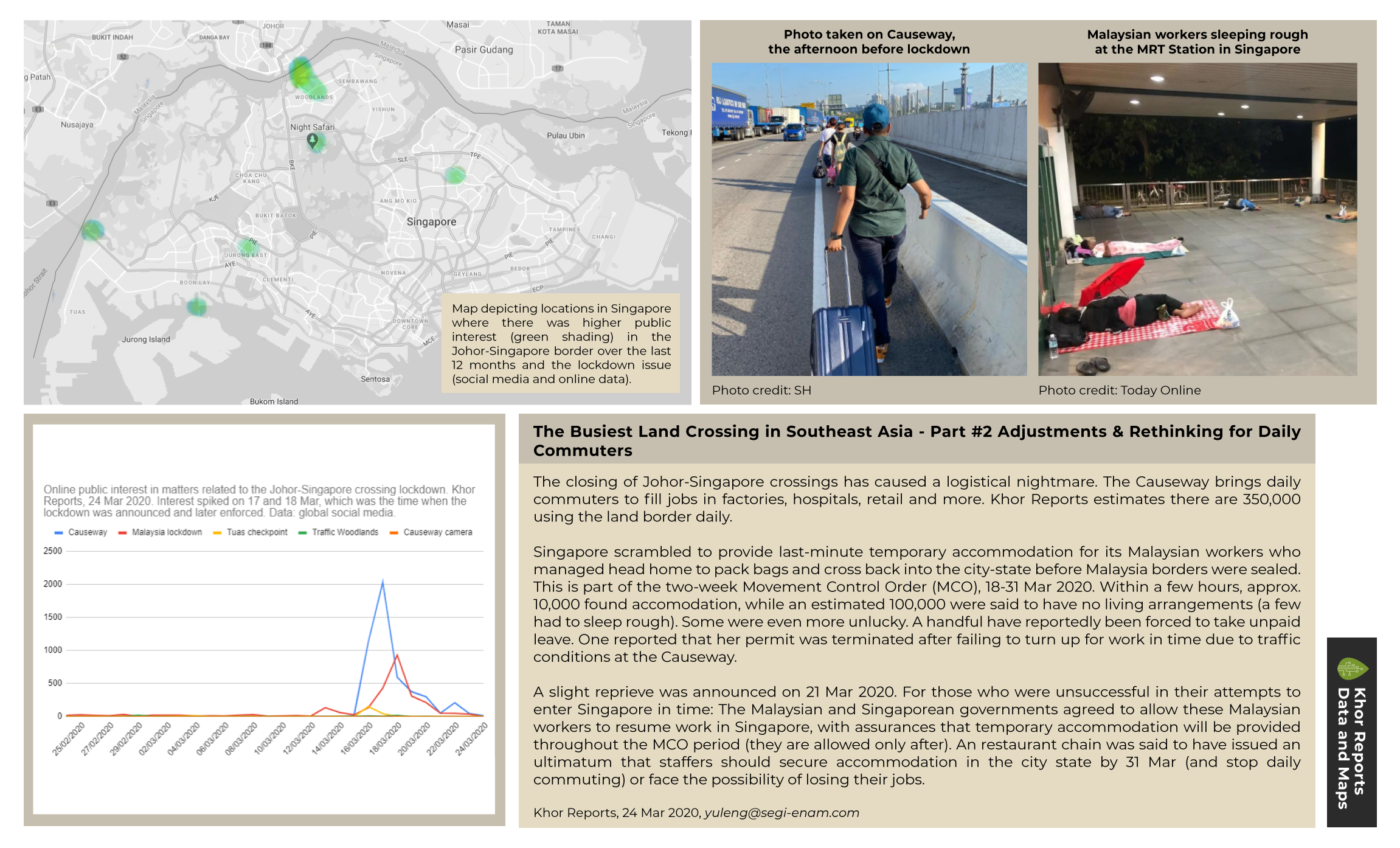A recent study on the environment, economic, and social consequences of oil palm plantations has been published in May 2020 by Matin Qaim et al. The article is useful—it collates research findings from other studies and paints a good overview of the issues with regards to oil palm expansions.
Some of the more interesting points in the article are as follows:
Total deforestation attributed to oil palm expansions across the world varies between countries. During the last 40 years, oil palm accounts for 47% of total deforestation in Malaysia and 16% in Indonesia. In Nigeria between 2005 and 2015, only 3% of total deforestation was due to oil palm expansion. Globally, approximately half of existing oil palm areas have contributed toward forest loss.
Oil palm plantations have strong adverse effects on local and regional air and water quality, especially if the land was establish using fire (and exacerbated by weather events such as the El Niño). Oil palm plantations have also been found to emit volatile organic compounds, promoting the production of haze and aerosol, as well as lowering regional water quality via the excess use of fertilisers.
Oil palm plantations have contributed significantly to rural economic development, generating income for farmers, labourers, and those involved in the oil palm supply chains. Generally, farm households across the world do economically better compared to farmers not involved in the cultivation of oil palm. Likewise, rural non-farm households also benefit, mainly in the form of additional employment opportunities due to the labour intensive nature of the industry.
There are legitimate concerns regarding unequal distribution of the economic benefits mentioned in the previous point, i.e. some farm households may have better access to capital and hence are able to adopt oil palm much easier than others. Social and human rights issues, including forced and child labour, are also a source of great concern.
The article highlights the difficulties faced in the oil palm discourse—it acknowledges that while banning the use of oil palm may help solve the environmental issues the crop brings in the short run, doing so now will result in a large economic loss, which in turn may lead to even larger environmental problems, since farmers will simply replace oil palm with another vegetable oil with higher land requirements per unit of output.













